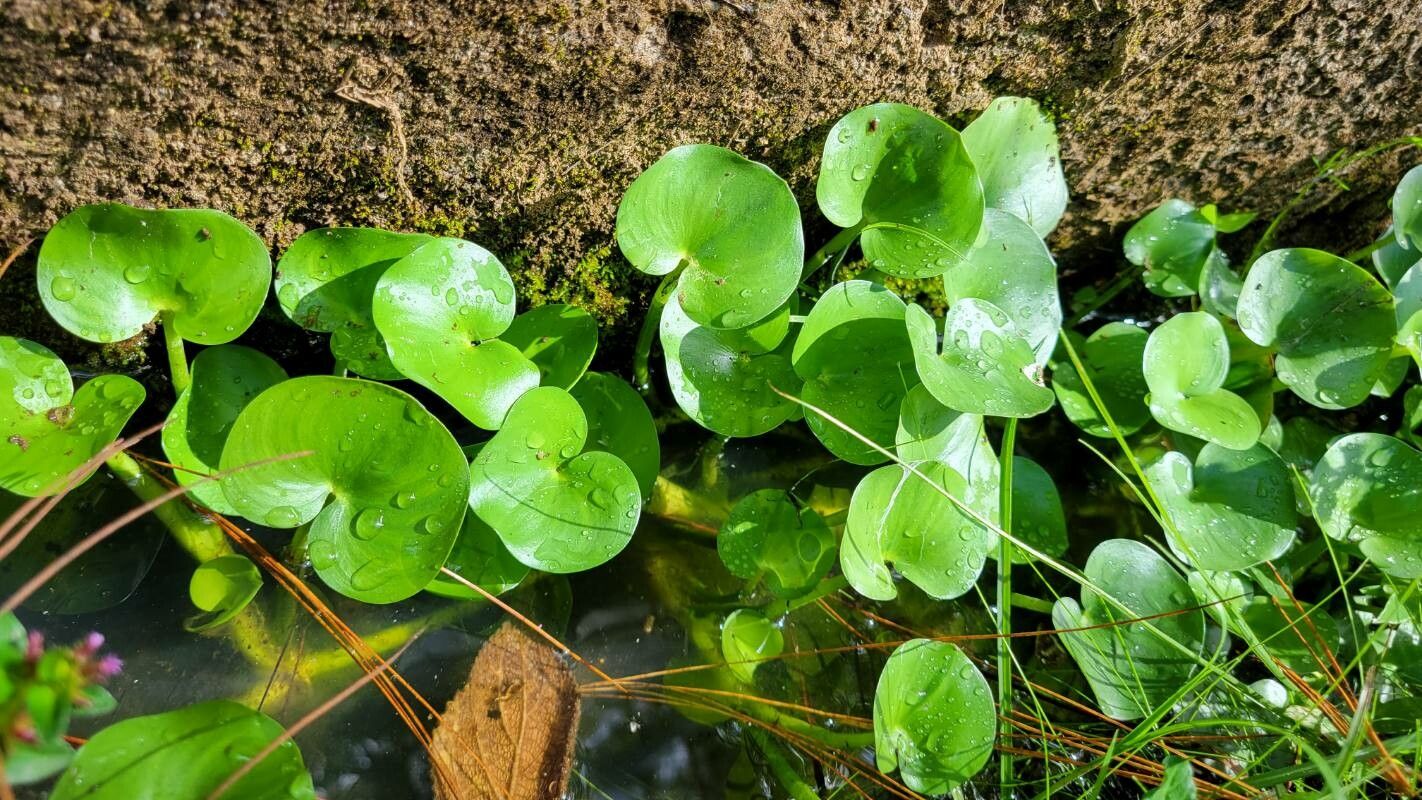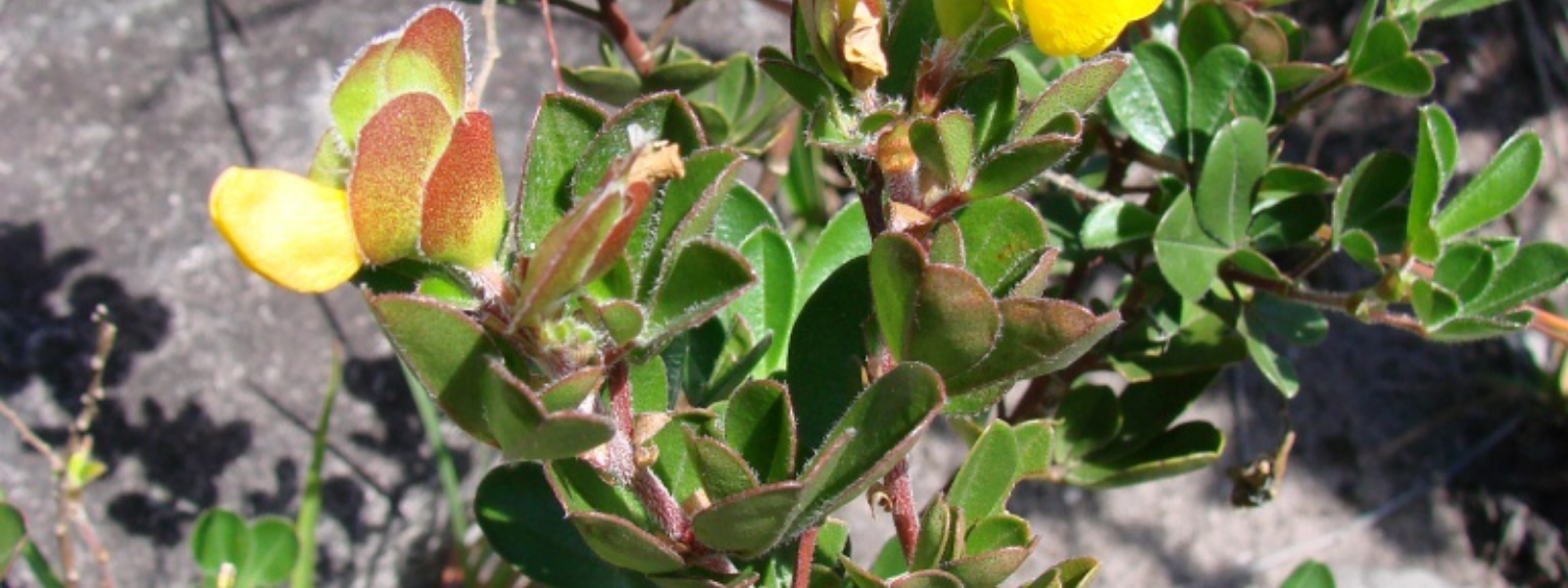Weeds
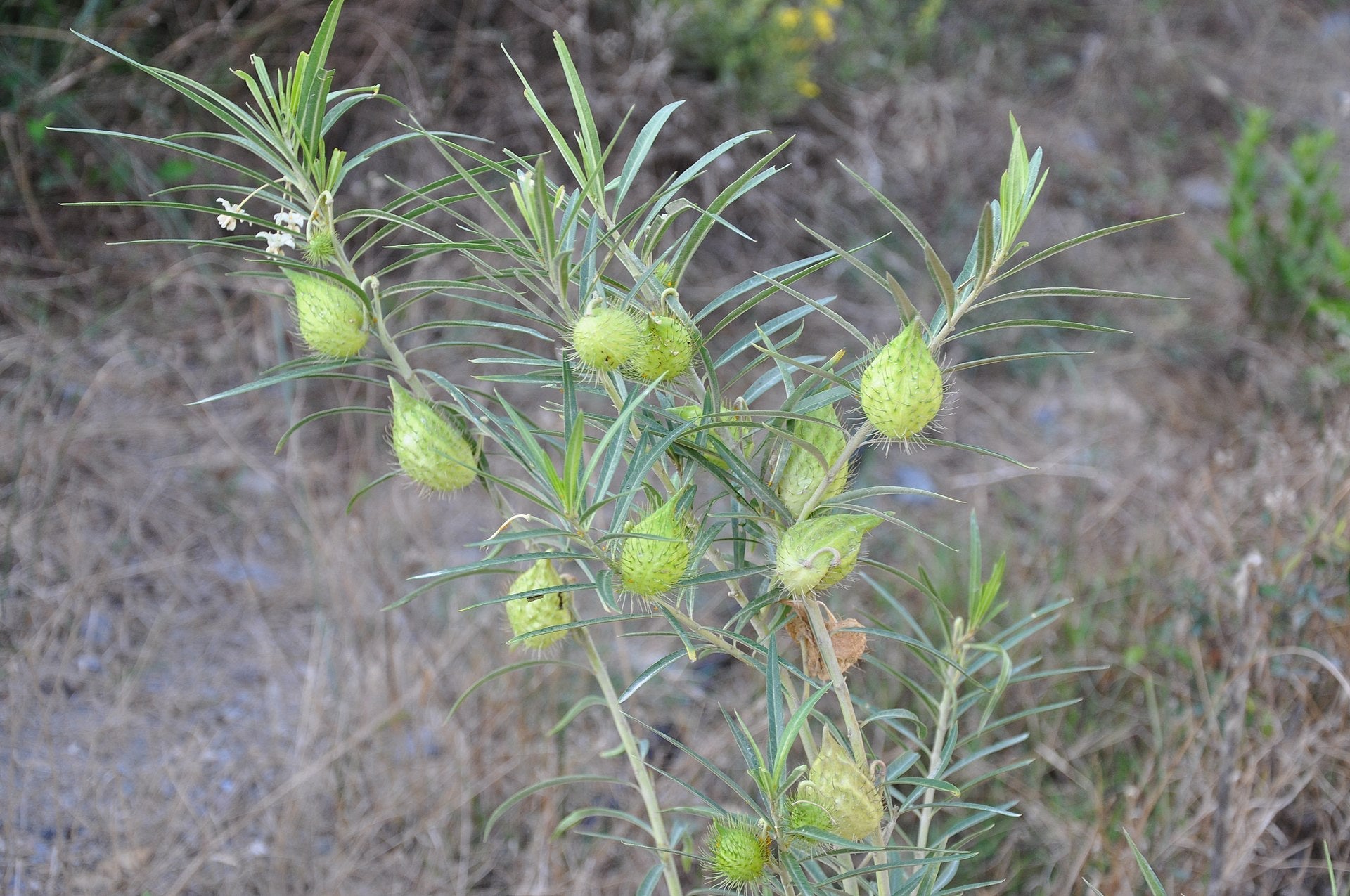
Cotton Bush, scientifically known as Gomphocarpus fruticosus, is a tall, slender shrub that originates from Southern Africa. It typically grows up to 2 meters high and has distinctive puffy, swan-s...
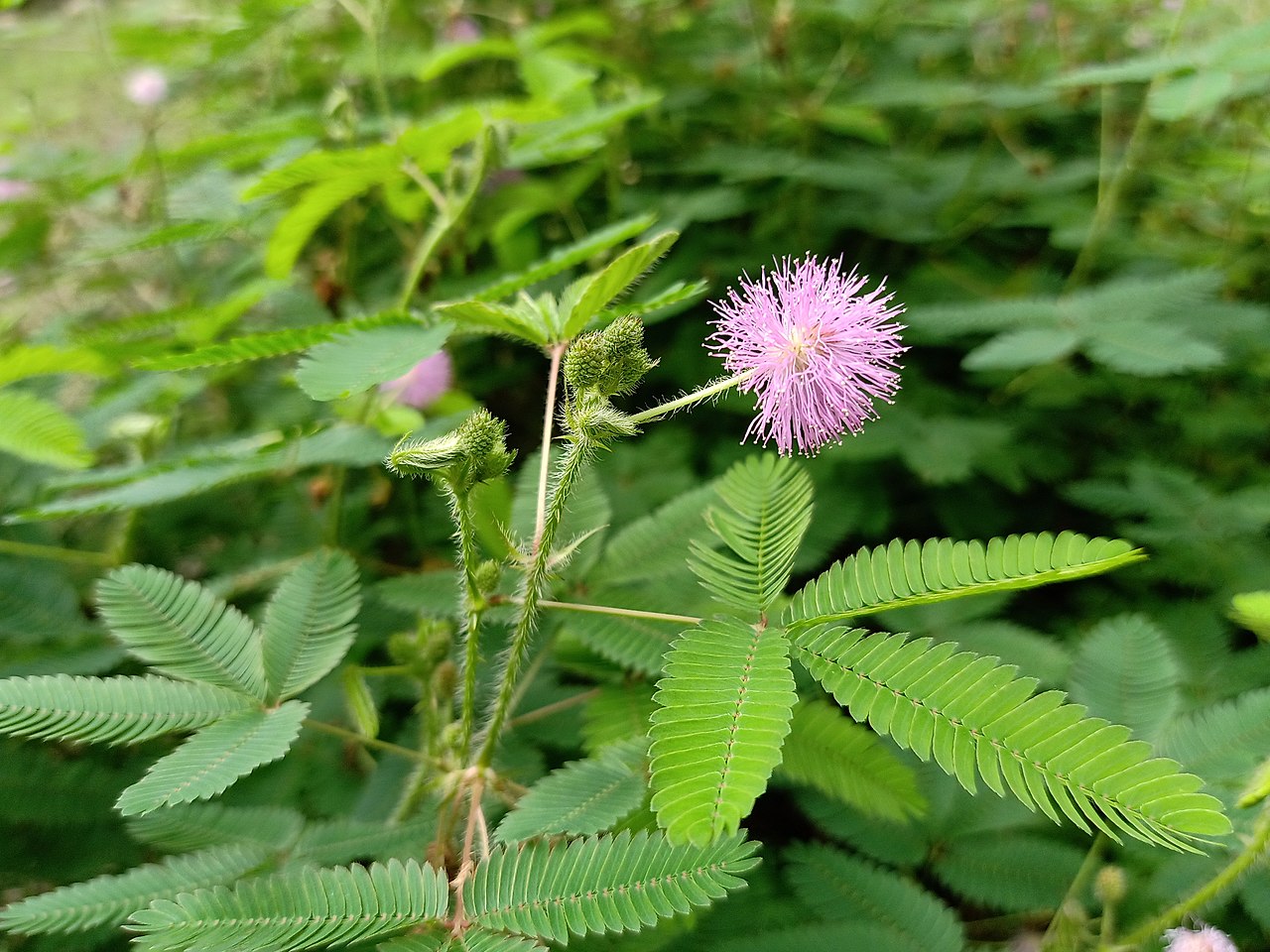
Mimosa (Mimosa pigra) is a large, upright, prickly shrub that can grow up to 6 meters tall. It forms dense, impenetrable thickets, primarily in floodplains, riverbanks, and wetlands, but also in di...
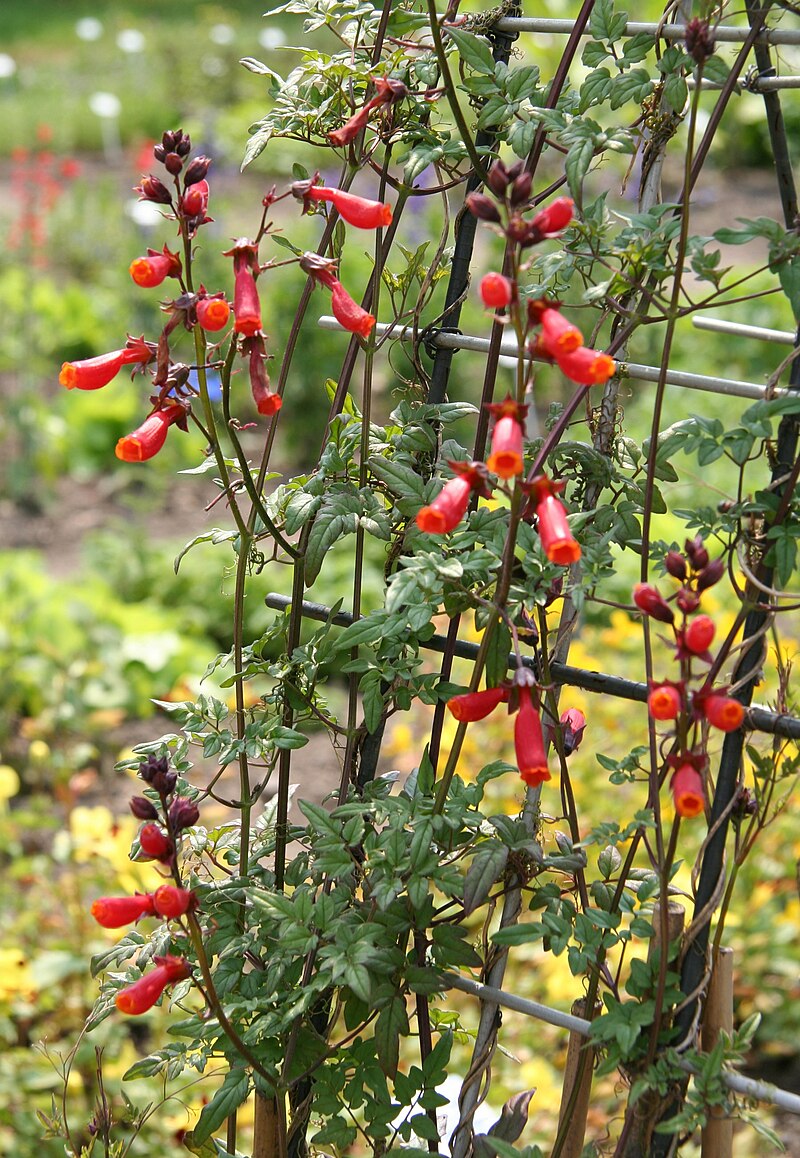
Chilean Pod Weed, scientifically known as Eccremocarpus scaber, is a vigorous perennial vine native to the Chilean Andes. It is commonly grown as an ornamental plant due to its attractive flowers b...
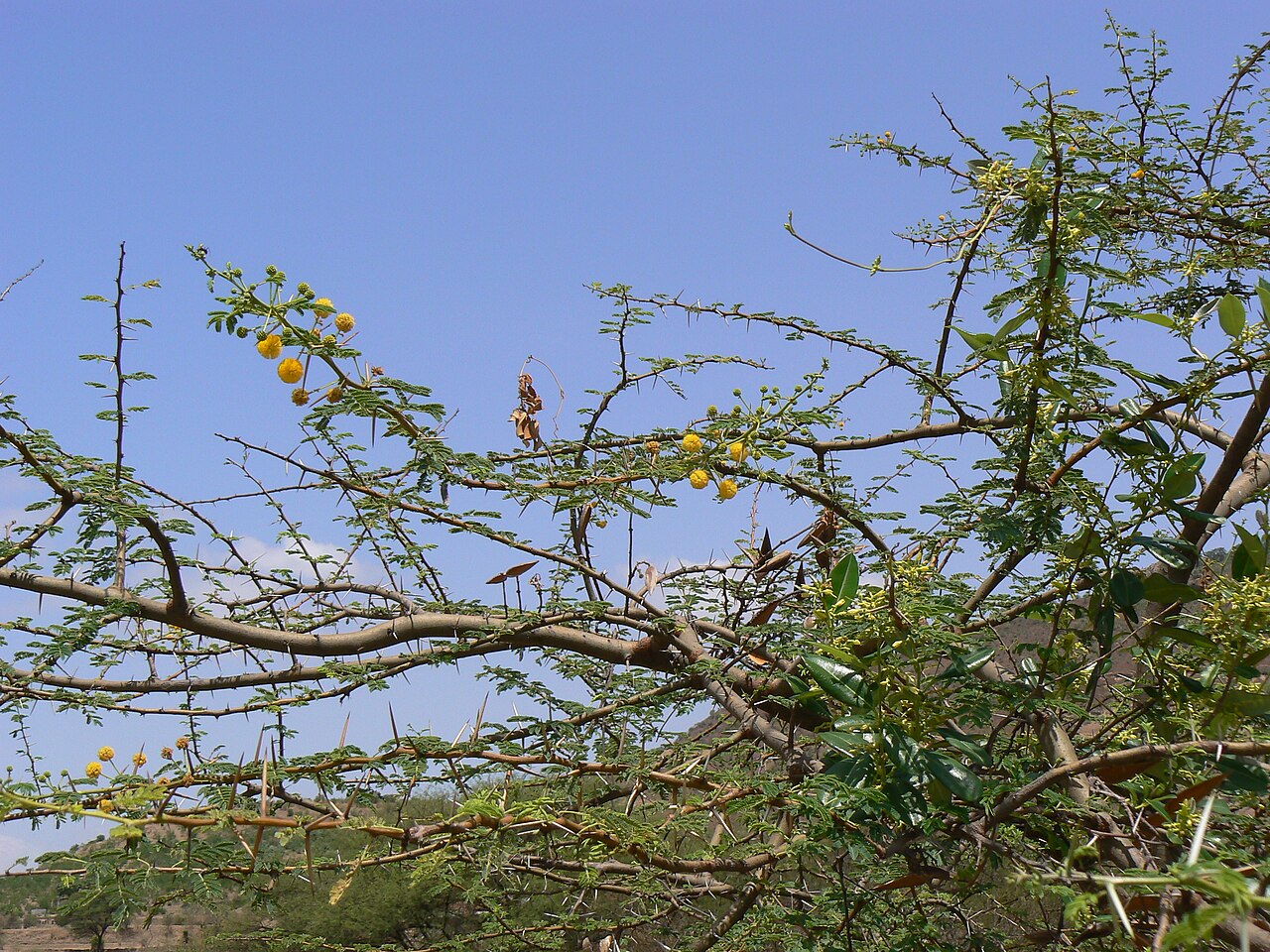
Prickly Acacia is a highly invasive perennial shrub that forms dense thickets, adversely affecting native ecosystems and agriculture by displacing native species and reducing pasture productivity.
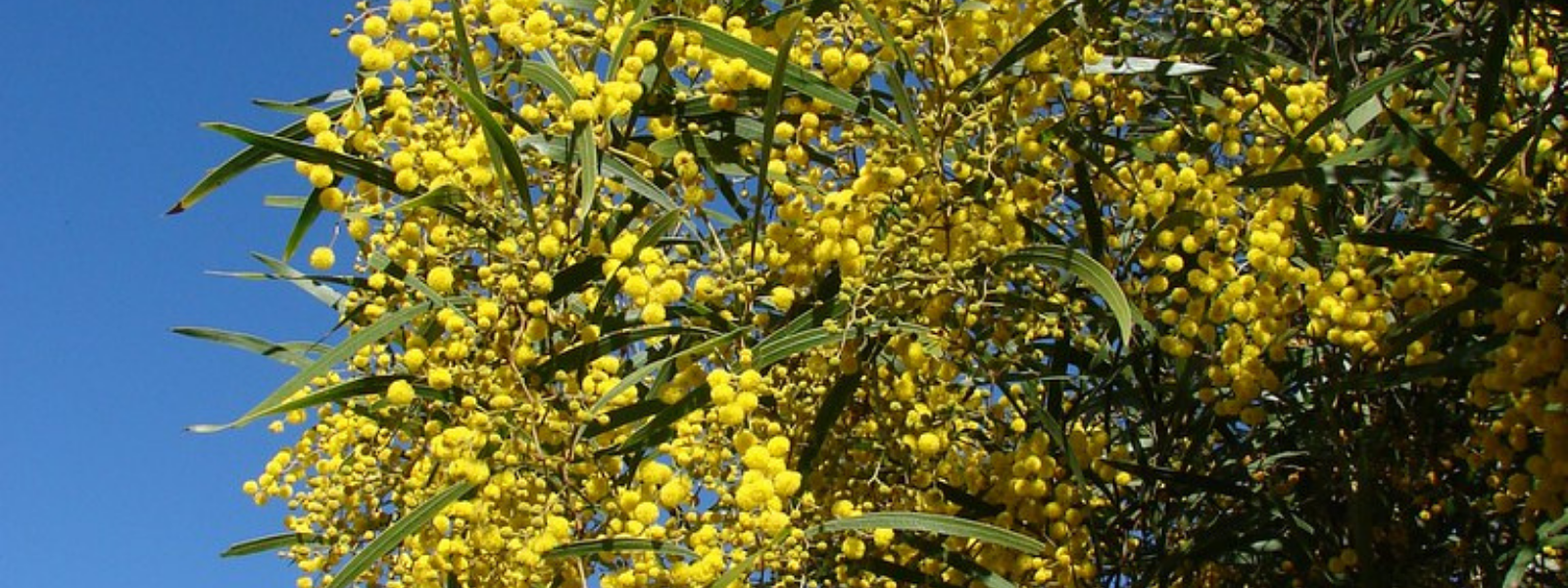
Growth Form: Zigzag Wattle is a low-branching shrub that can reach heights of 1 to 4 meters (3 to 13 feet). It has a zigzag or contorted growth pattern, with irregularly spaced branches. Leaves: Th...

Growth Form: Wild Artichoke is a tall, herbaceous plant with a bushy growth habit. It can reach heights of 1 to 2 meters (3 to 6 feet). Leaves: The leaves are large, deeply lobed, and often have sp...
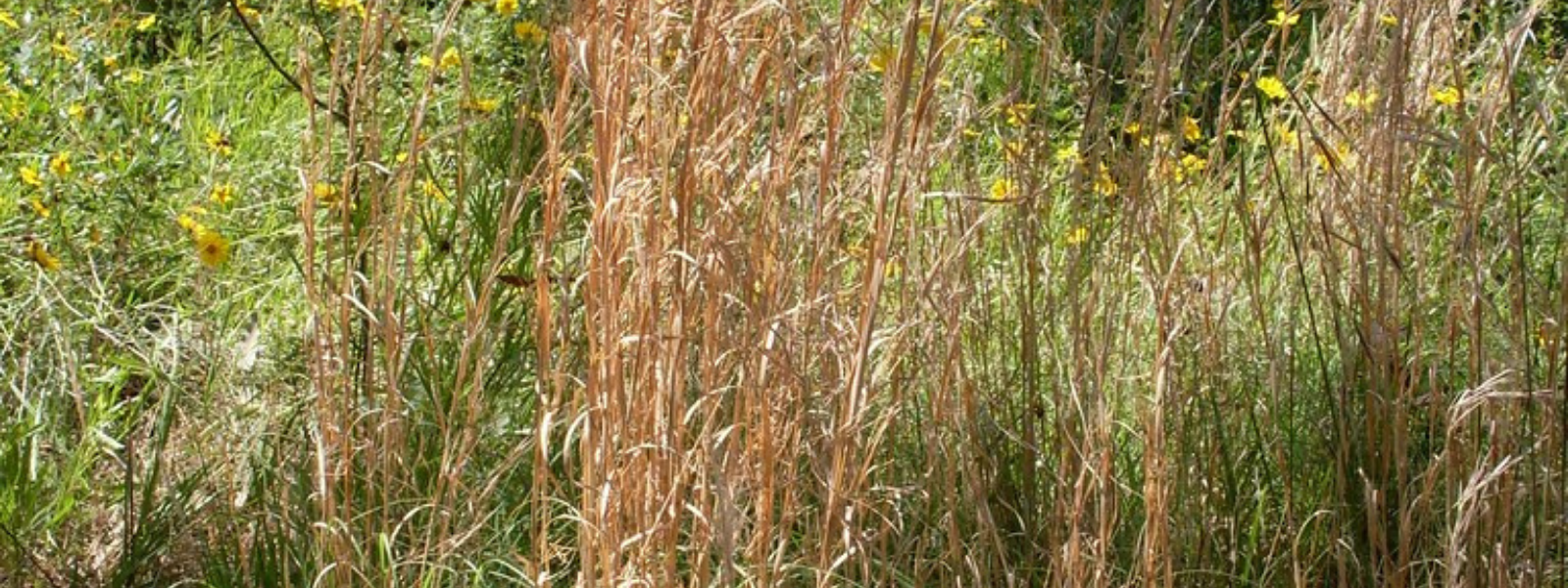
Growth Form: Whiskey Grass is a bunchgrass with a tufted growth habit, meaning it forms clumps or tussocks of grass. Leaves: The leaves are long, narrow, and typically rolled or folded. They are us...


